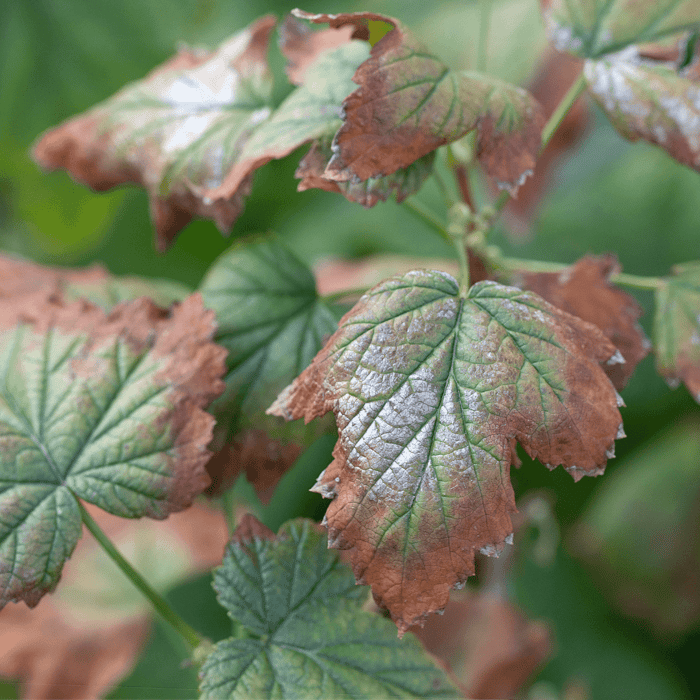The Silent Killer that Affects Your Garden: Botrytis Blight
Precisely what is botrytis blight? Botrytis blight is a disease affecting many plants, especially humid ones. It is caused by the fungus Botrytis cinerea, and it can kill your plants quickly if you don't take the necessary precautions. The fungus causes a soft rot that can spread rapidly, destroying entire crops and gardens in just a few days.
The effects of botrytis blight on plants are not limited to physical damage; it also reduces yields and affects the quality of fruits and vegetables. This makes it one of the most severe plant diseases in agriculture and gardens.
What is Botrytis Blight?
Botrytis blight is a fungal disease that affects many different types of plants. It thrives in warm temperatures between 60-77°F (15-25°C) with high humidity levels, which create perfect conditions for the fungus to grow and spread. The fungus attacks plant tissues causing greyish-brown lesions on leaves, stems, flowers, or fruit surfaces.
The lesions may develop an apparent halo or darkening around their edges as they expand due to water-soaked tissue underneath them. Botrytis blight can also cause wilting leaves or flowers to become mushy within a day or two after infection, making it difficult to control once established.
Symptoms of Botrytis Blight
The symptoms vary depending on which part of the plant has been infected by this fungus. For example, suppose Botrytis infects your
tomatoes during the flowering stage. In that case, you may notice gray mold enveloping flower buds, preventing them from maturing into the fruit, while other areas show brown decay.
Here are some common symptoms:
- Flowers may wilt and die prematurely
- Buds, stem tops, and leaves will become gray or brown with a fuzzy appearance of mold
- Fruit may become gray or brown in color, soft to the touch, and rotten in the center
- Leaves may develop yellow spots that slowly turn brown and fall off
Identifying botrytis blight early on is essential because it can spread quickly, causing significant damage to your garden.
Heirloom Tomato Seeds for Planting | 16 Variety Pack
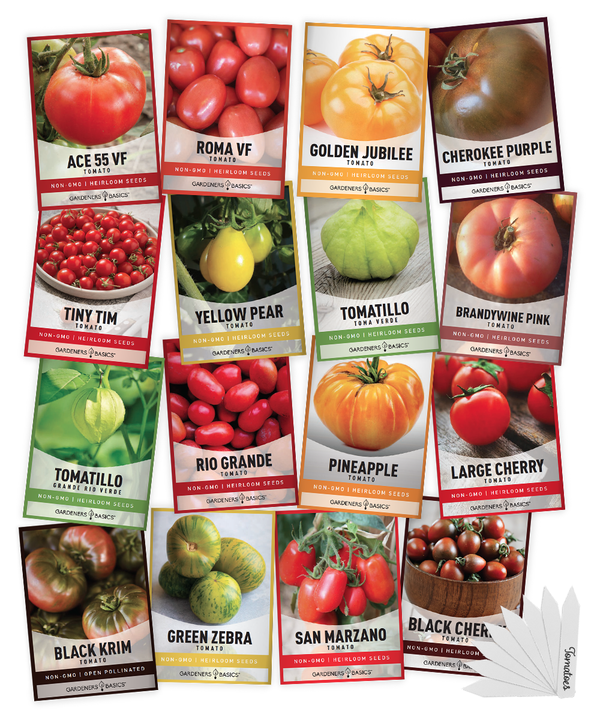
$19.95
The Ultimate Tomato Seed Variety Set - 16 Heirloom, Non-GMO Tomato Varieties for Your Home Garden Introducing our 16 Tomato Seeds Variety Pack, a must-have collection for any gardening enthusiast or professional grower! This premium seed assortment includes a diverse selection… read more
The Impact on Farmers
Botrytis cinerea causes millions of dollars in losses annually for farmers worldwide. The fungus affects many different crops, including grapes, strawberries,
lettuce, and
tomatoes, leading to lower yields and decreased quality.
These effects can be felt locally and nationally by individual growers, such as in New Zealand and countries that rely heavily on agricultural exports. This silent killer disease is also found in
cut flowers, which makes it difficult for growers who depend on them for their livelihoods.
Flowers such as roses are prone to botrytis blight due to their high moisture content; this results in them being discarded before they reach their full potential. Botrytis blight is a serious problem when it comes to plant health.
It has the potential to devastate entire crops overnight if not managed correctly. This article will delve deeper into botrytis blight, its causes, symptoms, and how to prevent it from taking over your garden or farm.
The Causes of Botrytis Blight
Botrytis blight is a fungal disease that affects many plants, including
flowers,
vegetables, and fruits. It is caused by the fungus Botrytis cinerea, which thrives in certain environmental conditions. Understanding the causes of botrytis blight can help gardeners prevent its spread and minimize its impact on their gardens.
Favorable Conditions for the Disease to Thrive
Botrytis cinerea thrives in cool temperatures between 40 and 70 degrees Fahrenheit. High humidity above 90 percent also creates an ideal environment for the fungus to grow.
In addition, prolonged wet weather or damp foliage can encourage botrytis blight outbreaks. Plants growing in crowded conditions are also more susceptible to botrytis blight as they create a microclimate that favors fungal growth.
Poor air circulation and low light levels also contribute to this microclimate. Certain plant practices, such as over-fertilizing or using nitrogen-heavy fertilizers, can promote lush foliage growth that is more susceptible to infection.
How it Spreads from Plant to Plant
Botrytis cinerea spreads through spores released into the air by infected plants. The spores are easily carried by wind or water droplets and infect nearby plants.
Insects such as
aphids or whiteflies can also transfer botrytis spores from infected plants to healthy ones as they move between them. Once botrytis spores land on a plant surface, they germinate and penetrate through natural openings at the surface or through wounds caused by mechanical damage or pest activity.
The fungus then grows inside the plant tissue, eventually killing it if left untreated. Infected plant debris left on the soil surface can also harbor the fungi for months, infecting new plants in the next growing season.
Understanding the causes of botrytis blight is essential for preventing its spread and minimizing its impact on a garden. By identifying and addressing conditions that promote fungal growth, gardeners can reduce the incidence of botrytis blight outbreaks and keep their plants healthy.
Vegetable Seed Vault Kit | 35 Variety Pack

$29.95
$49.95
Ultimate Survival Seed Vault: 16,000+ Non-GMO Heirloom Vegetable Seeds for Emergency Preparedness Introducing the Seed Vault Kit, your all-in-one solution for emergency preparedness and sustainable gardening. This premium seed kit contains over 16,000 non-GMO, Heirloom, Non-Hybrid, and Open Pollinated seeds,… read more
Plants Affected by Botrytis Blight
Botrytis blight is a destructive disease that affects a wide variety of plants. The fungus can infect field crops and ornamental plants, causing significant economic losses. Some of the most common plants affected by botrytis blight include roses, peonies, grapes, strawberries, lettuce, beans, tomatoes, and many others.
Roses
Roses are particularly susceptible to botrytis blight since they have delicate petals that can easily become infected. The fungus attacks the flower buds and can cause the flowers to wilt or turn brown before they open.
In severe cases, the entire plant can die off. Gardeners should be vigilant in monitoring their roses for signs of botrytis infection.
Grapes
Grapes are another crop that is highly susceptible to botrytis blight. This disease is especially prevalent in vineyards with high humidity levels and poor air circulation.
Botrytis can cause grapes to rot on the vine or during storage. Grapes affected by this disease are often referred to as "noble rot" and are used in producing sweet dessert wines such as Sauternes.
Artichokes
Botrytis Blight can severely impact
artichoke plants by causing rotting and discoloration on leaves, stems, and flowers. This infection not only diminishes the plant's overall health but also reduces crop yields and compromises the quality of artichoke buds, rendering them unmarketable.
Lettuce
Lettuce is also prone to botrytis infection since it grows close together in moist environments like fields or greenhouses. The fungus attacks the
lettuce leaves causing them to develop brown spots or gray mold on their surface, which makes them unmarketable.
Tomatoes
Tomatoes have large leaves that provide an ideal environment for botrytis growth since they trap moisture within their crevices. This makes them more likely to develop fungal infections such as botrytis blight which causes brown spots on fruit surfaces leading to fruit drops.
Beans
Beans are another crop that is commonly affected by botrytis blight. The disease can cause the beans to become discolored and covered with a grayish mold, making them unsuitable for consumption.
Bean plants infected with Botrytis should be removed from the garden immediately to prevent the fungus from spreading.
How Different Plants React to the Infection
Different plants react differently to botrytis blight, depending on their species and growing conditions. Some plants, like grapes, can develop "noble rot," which sometimes enhances their flavor. Others, like lettuce and strawberries, will quickly decay, causing significant damage to crops.
In general, most plants will have a weakened immune system when infected by botrytis blight, making them more susceptible to other diseases or pests. Therefore, farmers and gardeners must take preventive measures such as good crop rotation practices or chemical treatments when necessary.
To conclude, growers of both ornamental and agricultural crops must be aware of botrytis blight symptoms since it can cause significant economic losses if left untreated. By understanding which crops are most susceptible and how they react, growers can take steps toward preventing this destructive fungal disease from affecting their harvests.
Prevention and Control Measures
Botrytis blight, also known as gray mold, is a common fungal disease affecting many plants. Fortunately, several strategies can be used to prevent and control the spread of this disease. This section will discuss some cultural practices and chemical and biological control options.
Cultural practices to prevent botrytis blight
One of the most effective ways to prevent botrytis blight is by implementing good cultural practices in your garden or greenhouse. These practices include:
- Practicing good sanitation: This includes immediately removing any infected plant material from your garden or greenhouse and disposing of it properly.
- Adequate spacing: Proper plant spacing allows for good air circulation, which helps to reduce humidity levels and minimize the risk of infection.
- Proper watering: Overwatering can lead to high humidity levels, which makes plants more susceptible to botrytis blight. Avoid overhead watering if possible, and water at the base of plants instead.
- Avoiding excessive nitrogen fertilization: Too much nitrogen can cause rapid growth, which makes plants more susceptible to infection.
Popular Herb Seeds for Planting | 35 Variety Pack
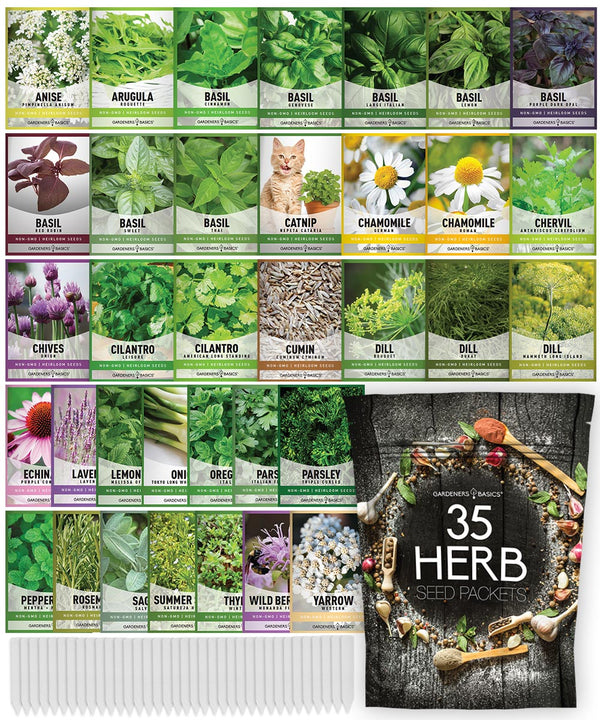
$29.95
$49.95
Heirloom, non-GMO herb seeds for indoor and outdoor home gardens! Introducing our 35 Herb Seeds Variety Pack, the ultimate selection for any herb garden enthusiast! This premium assortment includes heirloom herb seeds that are non-hybrid, open-pollinated, and non-GMO, ensuring you get only… read more
Chemical control methods
In addition to cultural practices, chemical treatments can also be used for controlling botrytis blight. Fungicides containing active ingredients such as chlorothalonil or iprodione can prevent plant fungal growth. It is important to follow label instructions carefully when applying fungicides.
Biological control options
Biological controls use natural enemies such as predators or parasites to reduce pest populations. There are several biological control options available for managing botrytis blight, including:
- Bacillus subtilis: A beneficial bacterium that produces antibiotics that can suppress the growth of Botrytis.
- Trichoderma spp.: Fungi that can colonize plant roots and promote plant growth while also producing enzymes that help break down the cell walls of botrytis fungi.
- Hot water treatment involves immersing plant material in hot water to kill botrytis spores. This method is often used in commercial greenhouses.
Managing botrytis blight requires a multi-faceted approach that includes implementing good cultural practices, using chemical control methods when necessary, and utilizing biological controls as a preventative measure. By following these strategies, you can minimize the risk of infection and maintain healthy plants.
Treatment Options for Infected Plants
Natural Remedies that can be used to treat infected plants
If your
garden plants have been infected by botrytis blight, you can use several natural remedies to help treat the infection. These remedies are effective and safe for both the plant and the environment.
Here are some natural treatments that you can try:
1. Baking Soda Solution: Mix one tablespoon of baking soda in a gallon of water and spray it on the affected plant leaves and stem to make this remedy. Baking soda helps to raise the pH level of the plant's surface, making it difficult for botrytis blight spores to survive.
2. Milk Spray: Mix equal water and milk in a spray bottle. Shake well before use and spray directly onto infected leaves or stems, ensuring all surfaces are coated thoroughly. The proteins in milk act as an antifungal agent, which helps to prevent further growth of botrytis blight.
3.
Neem Oil: Neem oil is an effective
organic pesticide that can treat fungal infections like botrytis blight on plants. Its active ingredient, azadirachtin, has antifungal properties that inhibit fungal growth by disrupting its life cycle.
4. Garlic Spray: Garlic contains allicin with antimicrobial properties that help kill fungal spores responsible for plant botrytis blight infection. To make garlic spray, blend 10-12 cloves with 1 quart of water, then strain before spraying directly onto the affected leaves or stem.
5. Cinnamon Powder: Cinnamon has antimicrobial properties, making it an effective treatment against various fungi, including Botrytis Blight on plants. Generously sprinkle cinnamon powder on infected areas of your plant or mix it with water to spray and apply it directly onto the infected area.
Treating botrytis blight using natural remedies can be effective as it has no side effects as chemical products do. These remedies are cheap and safe for both the plant and the environment. With proper care and treatment, your plants will regain their health, and you can prevent future outbreaks of botrytis blight by maintaining good plant hygiene practices, such as keeping the plants dry and air circulated.
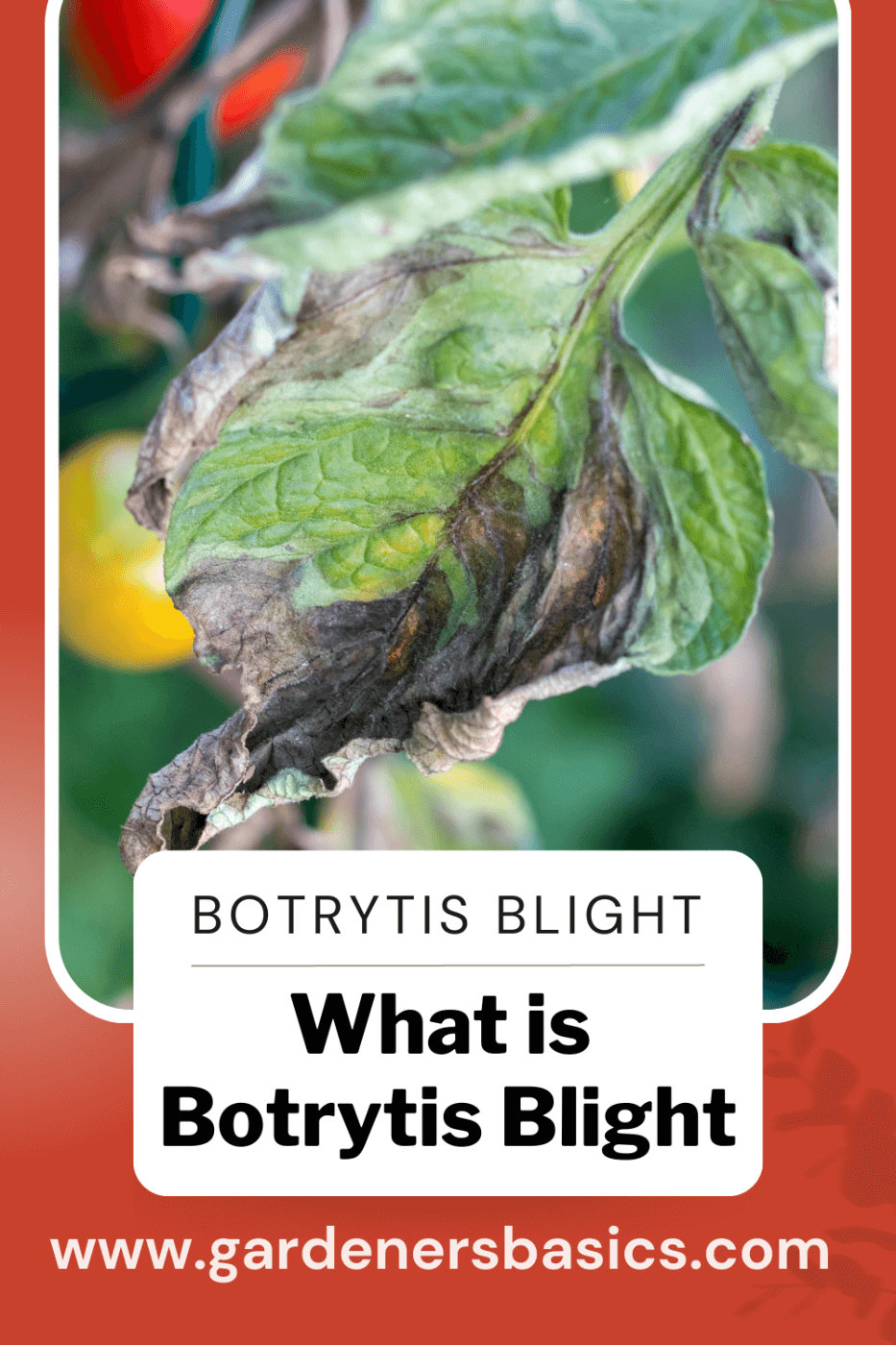 Frequently Asked Questions - What is Botrytis Blight
Frequently Asked Questions - What is Botrytis Blight
1. What is Botrytis Blight?
Botrytis Blight, also known as Gray Mold, is a fungal disease caused by the pathogen Botrytis cinerea. It affects various plants, including vegetables, fruits, flowers, and ornamentals, causing decay and damage to different plant parts.
2. How does Botrytis Blight spread?
The fungal spores are airborne and can spread through wind, rain, or contact with infected plants. High humidity and cool temperatures create an ideal environment for the fungus to grow and infect plants.
3. What are the symptoms of Botrytis Blight?
Symptoms include grayish-brown, water-soaked spots on leaves, stems, and flowers, eventually developing into the fuzzy gray mold. Infected plant parts may also rot and decay; in some cases, small black sclerotia may form.
4. How can I prevent Botrytis Blight in my garden?
To prevent Botrytis Blight, ensure proper air circulation and avoid overcrowding plants. Remove dead leaves and debris, and water plants at the base to keep foliage dry. Inspect plants for early signs of infection and remove any infected parts immediately.
5. How do I treat Botrytis Blight?
If your plants are affected by Botrytis Blight, remove and dispose of infected plant parts. Ensure good sanitation practices and consider using fungicides as a preventive measure. When applying fungicides, follow the label instructions and rotate chemical classes to prevent resistance.
6. Is Botrytis Blight harmful to humans or pets?
While Botrytis Blight can cause significant damage to plants, it is generally not harmful to humans or pets. However, it is always advisable to wash any fruits or vegetables that have been exposed to the fungus before consumption.
7. Can I save the seeds from plants affected by Botrytis Blight?
It is possible to save seeds from plants affected by Botrytis Blight, but cleaning and treating the seeds properly is essential to prevent carrying the fungus into the next growing season. Thoroughly dry the seeds and treat them with hot water or an appropriate fungicide before storage.
8. How long can Botrytis cinerea survive in soil or on plant debris?
Botrytis cinerea can survive in soil or on plant debris for several months to over a year, depending on the environmental conditions. The pathogen forms sclerotia (hard, resistant structures) that allow it to withstand unfavorable conditions and remain viable for extended periods.
9. Are some plants more resistant to Botrytis Blight than others?
Yes, some plants are more resistant to Botrytis Blight than others. Cultivars are bred for disease resistance; plants with strong, healthy growth are less susceptible to fungal infection. Choosing appropriate plant varieties for your growing area and conditions is crucial to minimize the disease risk.
10. Can I compost infected plant material?
It is not recommended to compost plant material infected with Botrytis Blight, as the fungus can survive the composting process and potentially infect future plantings. Dispose of infected material away from your garden or growing area, preferably by burning or in sealed bags for landfill disposal.
11. Can Botrytis Blight affect plants indoors?
Botrytis Blight can affect indoor plants, especially in greenhouses or other enclosed environments with high humidity and poor air circulation. To prevent and control the spread of Botrytis Blight indoors, maintain proper ventilation, manage humidity, and follow good sanitation practices.
Seed Safe Survival Seed Kit - 35 Variety Pack
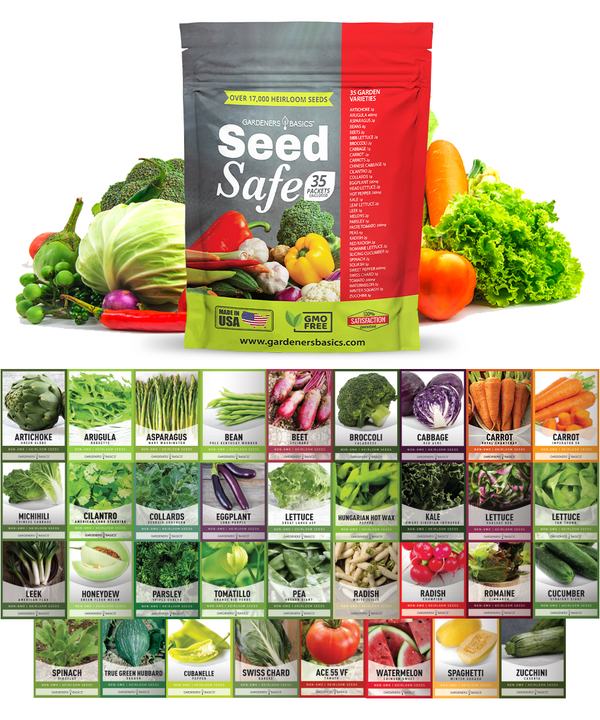
$29.95
$49.95
Seed Safe Survival Seed Kit: The Ultimate Heirloom Collection for Self-Sufficient Gardening Introducing the Seed Safe - 35 Varieties of Heirloom Vegetable, Herb, and Fruit Seeds, the ultimate solution for gardeners who want to secure a bountiful future harvest. This… read more
Conclusion: Understanding Botrytis Blight to Protect Your Plants
Botrytis blight is a common and destructive disease that can affect many plants. It's caused by the fungus Botrytis cinerea, which thrives in cool, damp conditions. Understanding the symptoms, causes, and prevention measures for botrytis blight can help protect your plants from this harmful disease.
This article covers the basics of botrytis blight - what it is, how it affects plants, and what causes it. We also discussed how different plant species are affected by botrytis blight and how it spreads from plant to plant.
With this knowledge, you can better recognize the signs of botrytis blight in your garden and take steps to prevent its spread. We also explored several different prevention and control measures for botrytis blight.
From cultural practices like pruning and avoiding overhead watering to chemical controls like fungicides, many options are available for keeping Botrytis at bay. We even touched on natural remedies for treating infected plants if caught early.
While botrytis blight can be devastating for some plants in certain situations, it's important to remember that not all is lost if you find an infection in your garden. Proper care and attention paid to sanitation practices and good ventilation can reduce the risk of future diseases.
We hope this article has served as a helpful guide for understanding what botrytis blight is and how to prevent or control its spread in your own garden. By taking proactive measures now to protect your plants from fungus diseases like botrytis blight, you'll be able to enjoy a bountiful harvest or beautiful blooms season after season!



 Frequently Asked Questions - What is Botrytis Blight
Frequently Asked Questions - What is Botrytis Blight 





